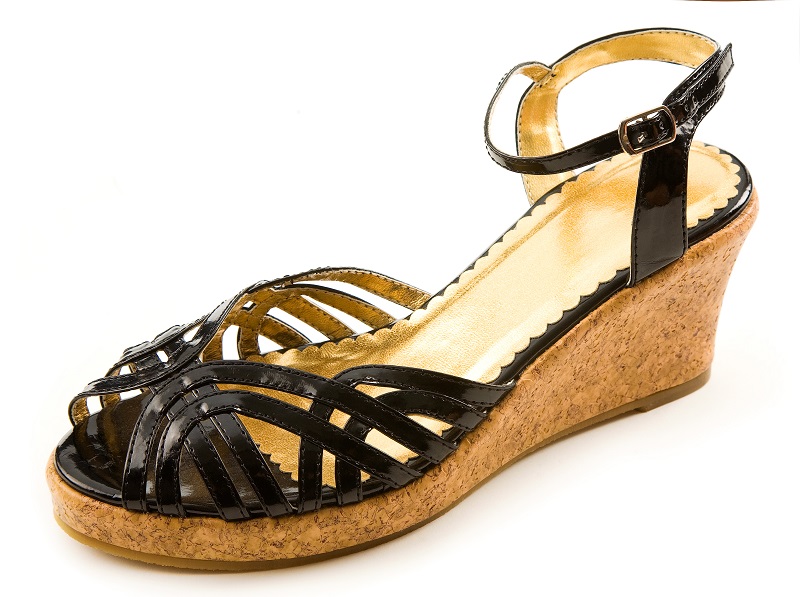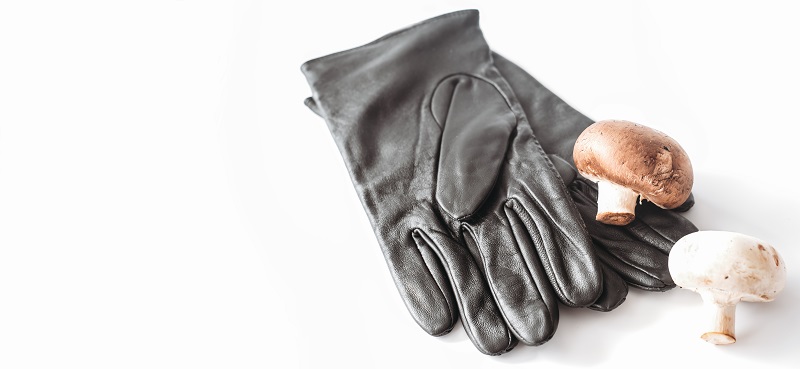Vegan leather is a material made from plant-based products as an alternative to traditional leather. It has become more prevalent in recent years as the demand for animal-free materials has risen.
There are many different types of vegan leather, each with its own set of benefits and disadvantages. This blog post will explore everything you need to know about vegan leather!
What is Vegan Leather?
Leather can be found on various products, from clothing to furniture. Everywhere, leather is seen as a luxurious material. This is because leather is durable and has a long lifespan.
Unfortunately, the leather industry has an enormous impact on the environment. The process of tanning leather uses harsh chemicals that pollute the air and water. In addition, cows are often raised in cramped, unsanitary conditions and slaughtered for their skin.
Since real leather is made from animal skin, it is not vegan. For this reason, many companies have started to create vegan leather as an alternative.
Vegan leather is made from a variety of materials, such as polyurethane, PVC, and even pineapple leaves! Vegan leather is often more affordable than real leather and is better for the environment.
How Is Vegan Leather Made?

Vegan leather is made from various materials, each with its own unique process.
Polyurethane (PU) vegan leather is made by combining two types of plastic. This mixture is then spread over fabric or paper to create a leather-like material.
PVC vegan leather is made similarly, but the PVC plastic is mixed with chemicals to make it softer and more flexible. While PVC is not animal leather, most experts think it is equally harmful to the environment.
This is because the production of PVC vegan leather requires a lot of energy and produces harmful emissions.
More sustainable leather alternatives are made from pineapple leaves, cork, and even recycled plastic! We will be discussing more of these later on.
Different Types of Vegan Faux Leather
If you’re looking for a leather alternative that is environmentally friendly and vegan, you should consider investing in one of these sustainable materials!
Pineapple Leather
As the name suggests, this vegan leather is made from pineapple leaves! The leaves are dried and then pressed into a thin sheet. This process does not use any harmful chemicals or require a lot of energy. Known as Pinatex, pineapple leather creates high-quality vegan products such as bags, shoes, and even furniture.
Tree Bark Leather
Made from sustainable timber, tree bark leather or wood leather is vegan leather made without harming any trees. Non-toxic tanning agents are used to turn the bark into vegan leather. This type of vegan leather is often used in high-end products because it is so soft, durable, and has a unique grainy texture.
Recycled Rubber
Did you know that recycled rubber can be used to make vegan leather? Recycled rubber vegan leather is made from rubber products such as inner tubes melted down and reformed into new material.
The stretchy texture and density of recycled rubber make it an ideal material for fashion accessories such as belts and bags.
Wine Leather
Believe it or not, this type of leather alternative is made from, you guessed it, wine!
Vegea is a sustainable fabric made from the by-products of the wine industry, such as grape skins and seeds. This vegan leather is durable, flexible, and has a beautiful natural color.
Wine leather is often used in high-end vegan products because of its luxurious feel and look.
Cork

Cork is another sustainable material that can be used to create vegan leather! The bark of the cork oak trees is harvested and then turned into a vegan leather fabric.
Cork leather is also waterproof and one of the most eco-friendly vegan leathers. It is often used in vegan shoes, bags, and even furniture. Luxury brand Chanel has even started to use cork leather in some of its products!
Apple Leather
This vegan leather is made from apple waste by combining apple skin and flesh with other sustainable materials. It is very similar to animal leather in appearance but has a more paper-like texture.
Backpacks, handbags, and belts are often made from apple leather because of their durability and water-resistant properties.
Mushroom Leather
Lastly, mushroom leather is one of the newest vegan leathers. It is made from fungi and is bio-degradable, making it a sustainable and environmentally-friendly choice.
Mushroom leather is also very soft and has a suede-like texture. While it is not waterproof, it is breathable and often used in vegan shoes and bags.
Advantages and Disadvantages of Vegan Leather
Now that we’ve gone over some of the different types of vegan leather let’s discuss the advantages and disadvantages of using vegan leather.
Advantages
- More environmentally friendly than animal leather – natural materials like mushrooms, cork, and pineapple leaves are used to create vegan leathers. Unlike animal leather, most of these natural materials are renewable and biodegradable.
- Animal-friendly – no animals are harmed in the production of vegan leather. Animal leather often comes from the fashion industry, where animals are treated inhumanely.
- Can be cheaper than animal leather – eco-friendly vegan leather is usually more affordable than animal leather because it does not require much care or maintenance. And since vegan leather is often made from sustainable materials, it is also easier to find.
Disadvantages
- Not as durable as animal leather – vegan or imitation leather is not as tough or water-resistant as animal leather because it is thinner and more delicate. It also tends to tear more easily.
- May not be eco-friendly – some leather alternatives are made from plastic which is not biodegradable or renewable. In fact, very few vegan leathers are made from raw materials. For instance, synthetic plastic leather is usually made from petroleum, a non-renewable resource.
Frequently Asked Questions About Vegan Leather
Are you still undecided about vegan leather? Here are some answers to common questions that may help you make up your mind.
Is vegan leather breathable?
Mushroom and apple leather are two vegan types of leather that are breathable. However, most vegan leathers are not as breathable as animal leather because they are usually made from plastic and other synthetic materials.
How do you clean vegan leather?
You can clean vegan leather alternatives with a damp cloth and mild soap. Avoid harsh chemicals or abrasive cleaners as they may damage the vegan leather.
What is the difference between faux leather and vegan leather?

Faux leather is generally cheaper and is made from synthetic materials like plastic. On the other hand, vegan leather is made from sustainable plant-based materials. However, not all vegan leather is eco-friendly.
Is vegan leather environmentally friendly?
The answer to this question is not as straightforward as you might think. While vegan leather does not require the slaughter of animals, the production of some vegan leathers can be just as harmful to the environment as animal leather.
For instance, vegan leather made from PVC (polyvinyl chloride) is not biodegradable. It often contains harmful chemicals like phthalates and lead.
On the other hand, vegan leathers made from sustainable materials like mushrooms or cork are environmentally friendly because they are biodegradable and renewable.
So, the answer to this question really depends on the type of vegan leather you’re talking about.
Final Thoughts
Real leather comes with a high price tag, both financially and environmentally. Vegan leather is an excellent alternative for those who want the look of leather without guilt.
Just remember that not all vegan leathers are created equal. Some vegan leathers are eco-friendly, while others can be just as harmful to the environment as animal leather. Do your research to find vegan leathers that are both stylish and sustainable.
This concludes our blog post about vegan leather. We hope you found it informative and helpful! If you have any questions, feel free to leave a comment below. Thanks for reading!







Leave A Comment